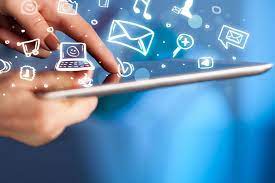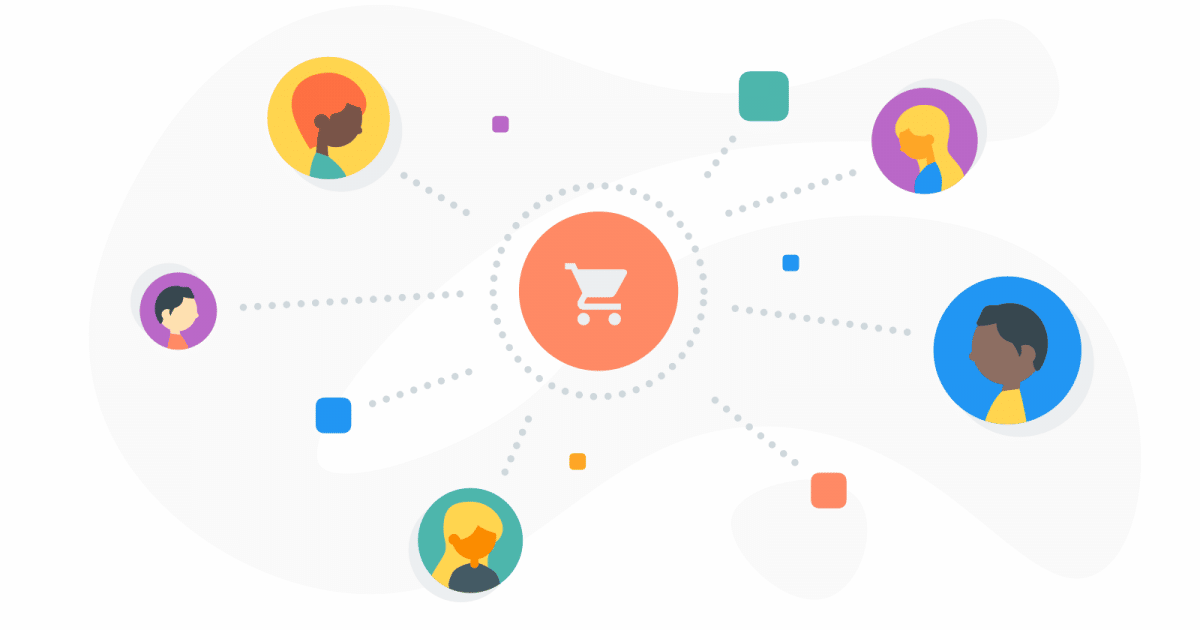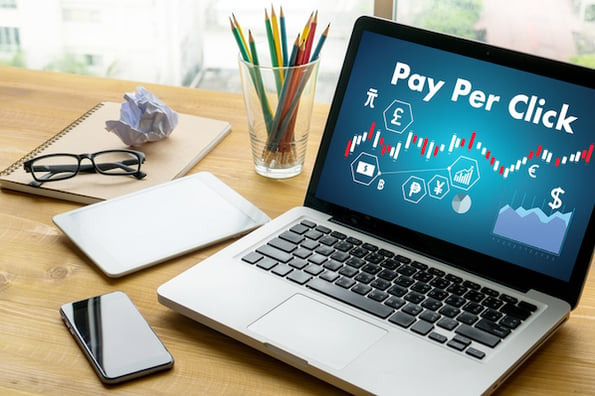
Electronic Marketing
Electronic commerce (e-commerce) is the activity of buying or selling products electronically on online services or over the Internet. E-commerce is based on technologies such as mobile commerce, electronic funds transfer, supply chain management, Internet marketing, online transaction processing, electronic data interchange (EDI), inventory management, and automated data collection systems.E-commerce is the largest sector of the electronics industry and is in turn driven by technological advances in the semiconductor industry. E-commerce marketing is a strategic approach to promoting a company’s products/services online to generate traffic, convert visitors into paying customers, and retain them after purchase.

Types of E-Commerce Business Models:
-
Business to Consumer (B2C):
In the B2C business model, the company sells its offerings directly to end users. Online retailers base their business on the B2C model.
-
Business to Business (B2B):
A company offers its offerings to other companies in the B2B business model. Organizations that offer B2B SaaS (software as a service) products or sell wholesale products follow the B2B model.

-
Consumer to Consumer (C2C):
In this model, the transaction is carried out between two customers. A user selling their used products to other consumers is an example of the C2C model.
-
Consumer to Business (C2B):
C2B e-commerce occurs when a consumer offers value to a business. Online portals that provide freelance services are an example of the C2B business model.
Top 6 E-Commerce Platforms:
1) Shopify:
Shopify offers a SaaS ecommerce platform for small businesses, boutiques, or artisans. The intuitive nature of the platform makes it very easy to set up and manage an online store.
2) WooCommerce:
WooCommerce is an open-source eCommerce plugin for websites built on WordPress. It offers features provided by most run-of-the-mill e-commerce platforms that allow store owners to manage end-to-end operations.
3) Big trade:
BigCommerce offers its products in two categories viz. Business and Essentials. BigCommerce offers a wide range of features like Shopify and WooCommerce. The platform can be integrated with social media platforms (Facebook and Instagram), Amazon, Google Shopping, Square and eBay.

4) Magento:
Magento is an open-source local platform that you can install on your servers. Magento 2 is an open-source variant hosted in the cloud. Since Magento is hosted at your location, it provides full authority over your data.
5) Wix:
Wix is a website-building tool that allows you to set up online stores. Its drag-and-drop interface makes it easy to develop an e-commerce website with little to no coding requirements.
6) Square space:
Square Space is another eCommerce platform in the vein of Wix and is suitable for anyone not looking to get into the technical details that come with Magneto and other all-in-one platforms. Square space allows you to develop aesthetically pleasing websites.
Types of Ecommerce Marketing:
Ecommerce marketing can take various forms, including:
1) Search Engine Optimization (SEO):
SEO stands for “search engine optimization.” In simple terms, SEO means the process of improving your website to increase its visibility on Google, Microsoft Bing, and other search engines whenever people search for the products you sell.

2) Pay-Per-Click Advertising (PPC):
PPC stands for pay-per-click, a digital advertising model in which the advertiser pays a fee each time one of their ads is clicked. You’re paying for specific visits to your website (or landing page or app).

3) Web Push Marketing:
Push notification marketing is an advertising strategy by which marketers inform their target audience about services and products through browser notifications on a variety of devices.

4) Social Media Marketing:
Social media marketing (SMM) is the use of social media platforms to engage with customers to build brands, increase sales, and drive website traffic.

5) Content Marketing:
Content marketing is a marketing strategy used to attract, engage, and retain an audience by creating and sharing articles, videos, podcasts, and other relevant media.

6) Influencer Marketing:
Influencer marketing is a collaboration between popular social media users and brands to promote the brand’s products or services.

7) Email Marketing :
Email marketing is a form of marketing that can inform customers on your email list about new products, discounts, and other services.

8) Chatbot Marketing:
Chatbot marketing is a marketing technique that uses computer programs to automate interactions with prospects and customers, whether on your website or in your app, to generate sales.

Benefits of E-Commerce Marketing:
Understand the advantages of e-commerce:
- Faster purchasing process.
- Creation of store and product listings.
- Cost reduction.
- Affordable advertising and marketing.
- Flexibility for clients.
- No scope limitations.
- Comparison of products and prices.
- Faster response to buyer/market demands.
References:
- https://www.spiceworks.com/marketing/ecommerce/articles/what-is-ecommerce-marketing/
- https://www.semrush.com/blog/ecommerce-marketing-strategy/
- https://en.wikipedia.org/wiki/E-commerce
Leave a Reply